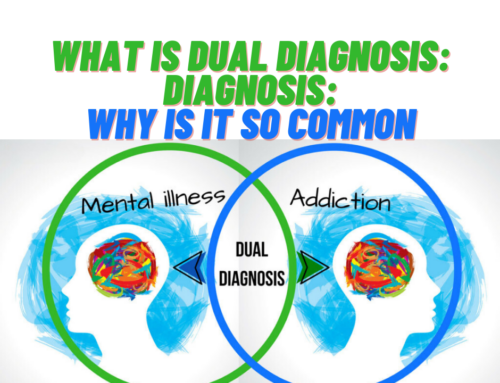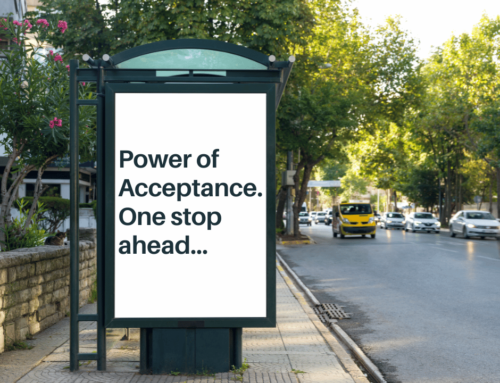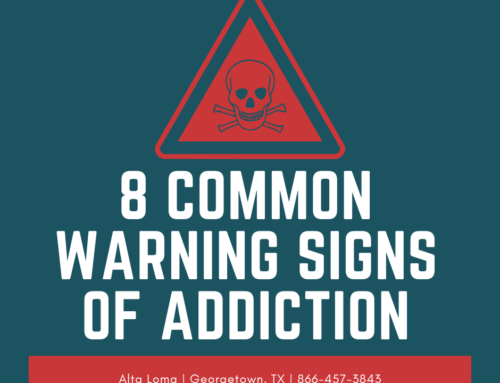Decade after decade, people have used different words to describe how alcohol makes them feel. In the 1920s, they used the term “blotto,” and people in the 1950s used the word “honkers.” A new Penn State study proved that the language young adults use to describe how they are feeling when intoxicated can teach us about their drinking habits.
The Importance of This Study
The young adults used in the study ranged from ages 18-25, which is considered a high-risk period for dangerous drinking. The study found that 37% of young adults reported binge drinking and 10% said they binge drink five or more days a month. Understanding the drinking habits of young adults is important in intervention efforts, and can help to better predict if they are to engage in any dangerous behavior. This study helped discover that there are four different types of drinkers: happy drinkers, relaxed drinkers, buzzed drinkers, and multi-experience drinkers.
What Happened in the Study
The researchers of Penn State recruited 323 young adults who reported having two heavy episodes of drinking in the past month. They filled out a 10-minute survey where they provided words that typically describe how they feel when they drink. They also answered questions about their typical drinking patterns. The researchers also used Amazon’s Mechanical Turk to reach out to young adults around the country to generate words to describe light, moderate, and heavy drinking episodes.
The Results of the Study
The largest group in the study were the “happy drinkers,” who made up 31% of the participants. These individuals had reported feeling happy when drinking. The others followed, with 24% being “relaxed drinkers” who were happy, relaxed, and buzzed, while 18% were “buzzed drinkers” who reported feeling buzzed and dizzy. Relaxed drinkers had heavier episodes with alcohol than the buzzed drinkers. The “multi-experience drinkers” made up 27% who used words like buzzed, tipsy, drunk, and wasted to describe their experiences with alcohol. This group may be more likely to drink for the purpose of getting drunk.
Takeaways From This Study
Studying these language differences can help learn about why someone would want to drink. These motivations can provide insight into how much someone is drinking and how often. Interventionalists can benefit from using the same language as young adults to describe their drinking. Understanding what words are used by a young adult struggling with alcoholism can help you understand how badly they need help and support for recovery.
Young adults use a variety of different words to describe their level of intoxication. If you look very carefully at these words, you can see just how bad their alcoholism may be. Even young men can develop alcoholism, and often need all the help they can get. Rather than communicating through social media to hint at just how intoxicated you are, you can reach out to a treatment facility like Alta Loma to address alcoholism. Located in Georgetown, Texas, Alta Loma understands how to identify with and help men of all ages. This transformative treatment center can provide you or your loved one with personalized treatment plans to help treat alcoholism. We offer a variety of resources such as 12-Step programs, individualized therapy and counseling, life and coping skills education, and much more. The struggle is real, and we are here to listen and guide you through recovery. Please give us a call today at (866) 457-3843.



